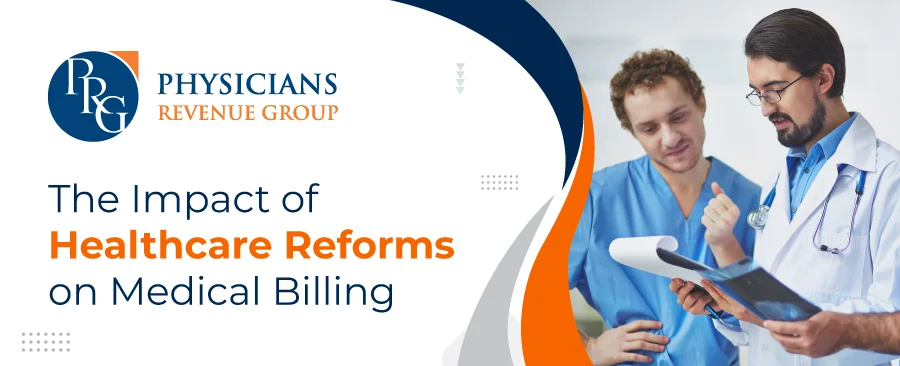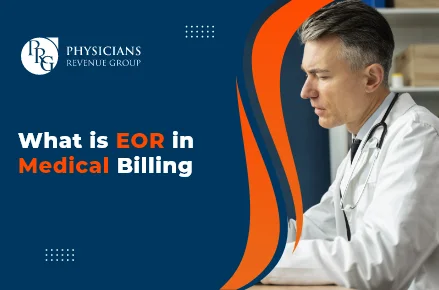
Email: info@prgmd.com | Call: +1 (630) 242-6474
Business hours: 9:00 to 5:00 | Monday to Friday
Email: info@prgmd.com | Call: +1 (630) 242-6474
Business hours: 9:00 to 5:00 | Monday to Friday

Table of Contents
ToggleHealthcare practitioners are habitual of starting a new year with changes to coding and medical billing services policies. However, this year, many providers find specific healthcare reforms challenging and need some extra clarity. Clear and explanatory guidelines on the recent updates will assist providers in understanding and thus create consistent processes for reducing errors and reimbursement delays.
Physicians are also facing subsequent reductions in the MACRA program, including:
Historically, many practices and hospitals have remained varied in participating in alternative models, taking into account the downsides and risks. Furthermore, considering the latest healthcare reforms, many are still determining how the loss of these incentives will further impact the programs’ participation.
The latest American Medical Association Guidelines have effectively cut down on administrative burdens by consolidating, revising, and deleting the unnecessary complex documentation guidelines.
These healthcare reforms in documentation guidelines intend to:
The reasonable reduction in documentation complexity benefits medical practices and hospitals by reducing workforce burnouts, consequently expanding provider capacity to focus better on patient care.
Furthermore, another vital healthcare reform impacting the hospital based billing is HHS’s (Department of Health & Human Services) extension of discretion enforcement for delivering specific components of GFEs, all under the No Surprises Act.
The Department of health & human services’ goal for extending enforcement discretion is to:
What this healthcare reform has done is offer practice breathing spaces, especially practices that were drowning in the administrative burden. Now, these practices will have a time window for building processes and infrastructure to provide GFEs.
The significant changes of 2023 are in regards to:
Share:
Categories
Recently Added

What is an ABN in medical billing?

What does a Clearinghouse do During Claims Submission?

What is EOR in Medical Billing?
We Would Love to Assist You!
We treat your data confidentially and don’t share any information with a third party.